Built 18th century | Demolished June 1964 | |
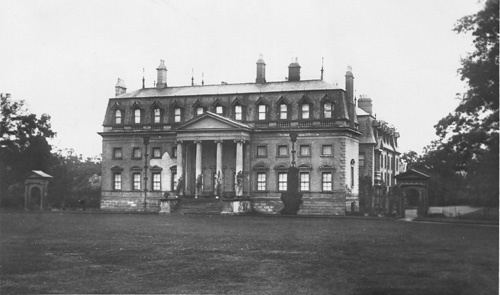 | ||
Built for Ambrose Phillipps (unfinished at death) | ||
Garendon hall fire 2
History
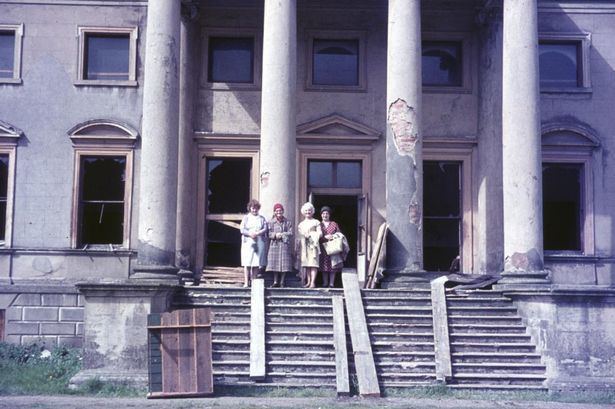
The site of Garendon Hall was formerly occupied by a Cistercian abbey, known as Garendon Abbey. The abbey was founded in 1133 and dissolved by King Henry VIII in 1536.
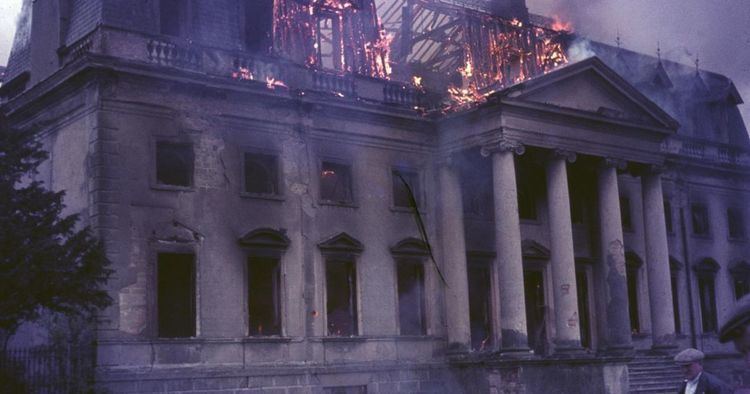
Henry sold the abbey to Thomas Manners, 1st Earl of Rutland, for £2,356 5s 10d. The earl then constructed a house on the Abbey site, known as Garendon House. The house was owned by the Earls of Rutland until 1632, when it was given as part of a dowry for the marriage of Lady Katherine Manners (daughter of the 6th Earl of Rutland) and George Villiers, 1st Duke of Buckingham. In 1640 the estate was valued at £5,648 and was reported to contain 13,350 trees.

In 1684 the 2nd Duke of Buckingham sold the house to Sir Ambrose Phillipps (a successful lawyer) for £28,000. Sir Ambrose and his son William did little to the house; his grandson, another Ambrose Phillipps, an accomplished gentleman architect inspired by his Grand Tour of France and Italy, started to change the house and the former abbey estate. Beginning in 1734, Ambrose landscaped the surrounding parkland and built to his own designs, several Palladian follies, which still exist. Ambrose later began to redesign, extend and rebuild Garendon House in the Palladian style, developing it into what would be known as Garendon Hall. However, the work remained unfinished in 1737 when Ambrose died childless; it was completed by his brother Samuel, who inherited the estate (but who also died childless). In 1745 John Sanderson, a joiner and carpenter of London who was currently engaged in remodeling Okeover Hall to his own designs, was also working at Garendon Hall.
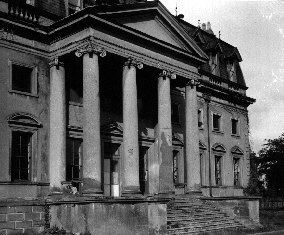
The new Garendon Hall was built in the Palladian style: it was eleven bays wide with a central portico topped with a triangular pediment.
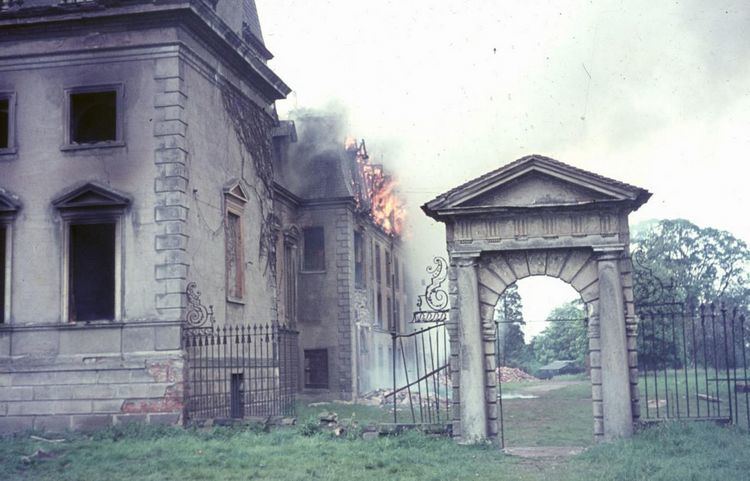
Following Samuel Phillipp's death, the hall was inherited by a cousin; eventually passing to Ambrose Charles Lisle March Phillipps De Lisle. Ambrose was a fan of Gothic architecture and planned to demolish the hall; commissioning Augustus Pugin (famous for his work on the Houses of Parliament) to design a replacement. Ambrose's finances were in decline, however, and the work could not be undertaken. Ambrose instead decided to adapt the existing hall, adding a large Gothic mansard roof to the top of the classical styled hall. The attempt to mix Gothic and Palladian styles was unsuccessful, and Nikolaus Pevsner described the hall as looking “really rather horrible”.

Following Ambrose's death, the family were left with a difficult financial situation and needed to tighten its belt. In 1885 they moved out of Garendon and into Grace Dieu Manor. A return to fortune allowed the family to return to Garendon once more in 1907.
The family were forced out of the house during the Second World War, when it was used, and heavily damaged, by the army. The ever-increasing cost of running and maintaining the building, the families failing finances and crippling inheritance taxes, coupled with threats to the house's parkland from the urban sprawl of Loughborough and the construction of the M1 motorway (which cut directly through the park) it was decided the house was to be demolished. This happened in June 1964, when the house was first deliberately set on fire to provide practice and training for the local fire brigade. The house was reduced to rubble, which was then used in the construction of the nearby M1 motorway.
In 1964 the family returned for a final time to Grace Dieu Manor, but sold that house within a decade (Grace Dieu Manor then became a Catholic school). In 1972 the family moved to Quenby Hall, but following the collapse of the family cheese-making business, the family has been forced to offer the hall for sale (it has been for sale since 2012).
